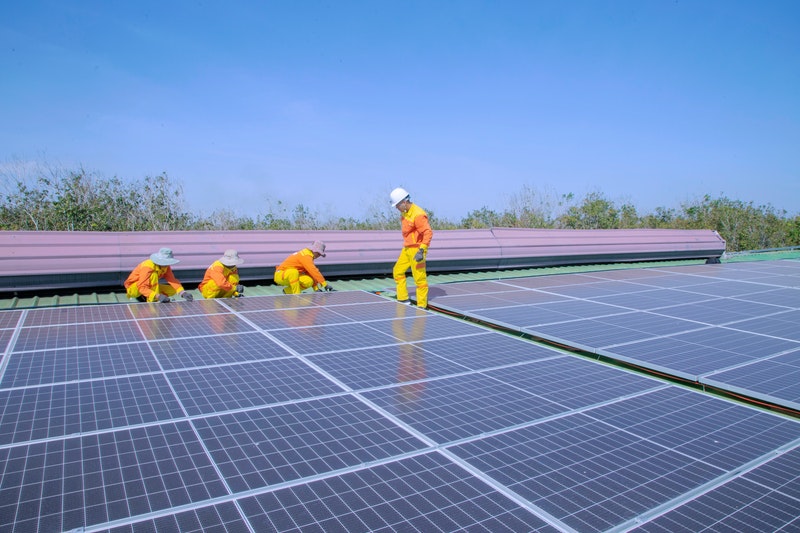A solar panel receives sunlight and converts it to heat. Or, often, electricity. It’s also known as photovoltaic cells because they comprise multiple cells that convert light into energy. Only the sun can serve as the source of energy used to create this kind of solar panel. The panels are designed to face the sun to ensure that the sun’s rays absorb the maximum point. If there is more solar energy available, greater power is produced.
How Solar Panel Works
For many, the idea of absorbing the sun’s energy and utilizing the sun’s energy for energy to power the homes of their businesses or transportation is an enigma. In just a few steps, you’ll save thousands of dollars in electric bills but as well contribute to a sustainable future by reducing your carbon footprint. Here’s how solar panels produce electricity:
1. Solar Panel Technology
They convert light into power which can be utilized at home, reducing the cost of your energy bills. Solar panels are available in various forms and sizes, and they use a range of solar cells technology. The most effective panels work harder to use every ounce of solar energy during the daytime. The best panel can supply 70 percent more power for 25 years than a lower-quality meeting will.
Research shows that a solid copper base gives panels strength, while ultra-pure silicon provides the best solar energy conversion. Solar panels that boast a world record efficiency of 24.2 percent generate 44% more power per square foot than panels constructed of other materials, meaning they produce significantly higher levels of solar energy.
It is also essential to ensure that solar panels are designed and tested to withstand the world’s most extreme conditions like temperature variations and strong winds, humidity, hail, and more. If the solar panel’s design or quality is not good, it will generate lesser solar energy. A properly accredited installation will produce solar energy for longer than 40 years.
Here are the different types of power plants used to generate energy.
2. Solar Panel Installation
A successful installation of solar panels is crucial to creating solar energy once you’ve chosen the top-quality solar panel technology. Roofs of your house or office, nearby locations on the ground or a solar canopy are just some of the most common areas to consider panel installation.
To assist you in preparing an application for a permit, your solar service provider will input your home’s dimensions into a Computer Assisted Design (CAD) tool. A normal solar system installation only takes a few days after the solar company has identified which region will produce the most solar energy and the number of installed panels.
3. System Monitoring
After the system is set up after installation, you can utilize solar energy to power your lights, computers, machines, and other electrical devices inside your office or home from the moment you install it. Your energy usage is tracked by a utility meter that counts both ways. Solar power produced but not used will earn you credits because it will feedback into your utility system. If you aren’t producing enough solar energy all day long, your system provides you with electricity. However, any credits you earn throughout the day will pay for that cost.
Take note that, based on where you reside and how much sunlight your panels receive each day, the amount of solar energy generated by your solar panels will vary throughout the year. You can track production using the online monitor system to check the solar energy the panels are producing. Notify your solar provider when you notice any significant changes to ensure the system operates properly.
If you are interested in even more environmental-related articles and information from us here at Island Collaboration, then we have a lot to choose from.

